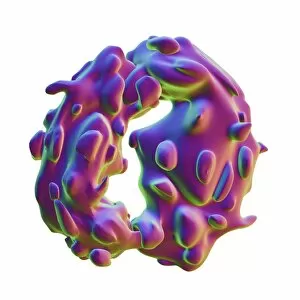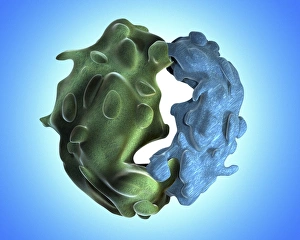Synthesizing Collection
"Unlocking the Secrets of Synthesizing: From Water to DNA Transcription and Protein Synthesis" In the world of science
All Professionally Made to Order for Quick Shipping
"Unlocking the Secrets of Synthesizing: From Water to DNA Transcription and Protein Synthesis" In the world of science, a fascinating process that allows us to create new substances or molecules by combining different elements. One remarkable example is Lavoisier's apparatus for synthesizing water from hydrogen and oxygen. This groundbreaking experiment paved the way for our understanding of chemical reactions. Moving forward in time, we delve into the intricate realm of molecular biology. DNA transcription, represented by a captivating molecular model, showcases how genetic information is synthesized into RNA molecules. This fundamental process plays a crucial role in gene expression and protein synthesis. Speaking of protein synthesis, we encounter the mighty ribosome – nature's own assembly line. These incredible structures are depicted as artwork pieces that capture their elegance and complexity. Bacterial ribosomes take center stage here, highlighting their vital role in building proteins essential for life itself. As we explore further into cellular processes, another key player emerges – the Golgi apparatus. Illustrated through mesmerizing artwork, this organelle takes part in modifying and packaging proteins synthesized by ribosomes before they are transported to their final destinations within cells. Synthesizing has been an integral part of scientific progress throughout history; it enables us to understand natural phenomena at both macroscopic and microscopic levels. From Lavoisier's revolutionary experiments with water synthesis to unraveling the intricacies of DNA transcription and protein production through ribosomes' artistry – each step brings us closer to unlocking nature's secrets one molecule at a time.










